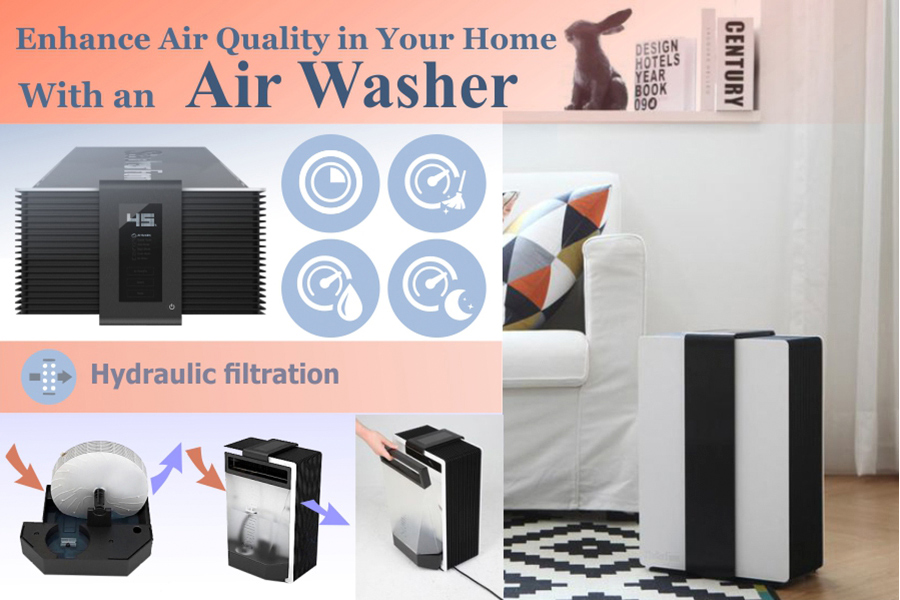The Ultimate Overview To Comprehending Heat Pumps - How Do They Work?
The Ultimate Overview To Comprehending Heat Pumps - How Do They Work?
Blog Article
Short Article Created By-Steenberg Hanna
The most effective heatpump can conserve you considerable quantities of cash on power expenses. They can likewise help reduce greenhouse gas discharges, especially if you use electricity instead of nonrenewable fuel sources like propane and home heating oil or electric-resistance heaters.
find out here now as air conditioning system do. This makes them a viable option to standard electric home heater.
Exactly how They Work
Heat pumps cool down homes in the summertime and, with a little assistance from electrical energy or natural gas, they provide a few of your home's home heating in the winter months. They're an excellent choice for people who intend to reduce their use of nonrenewable fuel sources yet aren't prepared to change their existing heating system and air conditioning system.
simply click the following article count on the physical fact that even in air that seems too cold, there's still power existing: warm air is constantly moving, and it wishes to relocate into cooler, lower-pressure settings like your home.
Many ENERGY STAR certified heat pumps run at near to their heating or cooling capability throughout the majority of the year, reducing on/off cycling and saving power. For the very best efficiency, concentrate on systems with a high SEER and HSPF ranking.
The Compressor
The heart of the heatpump is the compressor, which is additionally called an air compressor. This mechanical moving tool utilizes potential energy from power development to enhance the pressure of a gas by minimizing its quantity. It is different from a pump because it only services gases and can not work with liquids, as pumps do.
Atmospheric air enters the compressor via an inlet valve. It travels around vane-mounted arms with self-adjusting size that divide the inside of the compressor, producing several dental caries of varying dimension. The blades's spin forces these dental caries to move in and out of phase with each other, pressing the air.
install heat pumps pulls in the low-temperature, high-pressure cooling agent vapor from the evaporator and presses it into the hot, pressurized state of a gas. This procedure is duplicated as required to provide heating or cooling as called for. The compressor also contains a desuperheater coil that recycles the waste warm and adds superheat to the cooling agent, altering it from its liquid to vapor state.
https://costtoreplacecentralairco09753.blogoscience.com/35403932/heat-pump-vs-furnace-which-is-the-better-heating-option-for-your-home in heatpump does the exact same point as it does in refrigerators and ac unit, transforming fluid cooling agent into a gaseous vapor that removes warmth from the area. Heat pump systems would not work without this important tool.
This part of the system is located inside your home or structure in an interior air handler, which can be either a ducted or ductless system. It includes an evaporator coil and the compressor that compresses the low-pressure vapor from the evaporator to high pressure gas.
Heat pumps absorb ambient heat from the air, and afterwards use power to transfer that warmth to a home or business in heating mode. That makes them a lot extra energy efficient than electric heating units or heating systems, and due to the fact that they're using clean electricity from the grid (and not shedding gas), they also produce far fewer exhausts. That's why heat pumps are such great ecological selections. (And also a significant reason that they're ending up being so prominent.).
The Thermostat.
Heat pumps are wonderful choices for homes in cold climates, and you can utilize them in combination with conventional duct-based systems or perhaps go ductless. They're a great alternative to nonrenewable fuel source heater or standard electrical heating systems, and they're more lasting than oil, gas or nuclear cooling and heating devices.
Your thermostat is one of the most important element of your heat pump system, and it works extremely in a different way than a traditional thermostat. All mechanical thermostats (all non-electronic ones) work by utilizing materials that change size with enhancing temperature, like coiled bimetallic strips or the increasing wax in an automobile radiator valve.
These strips consist of two various kinds of steel, and they're bolted with each other to create a bridge that completes an electrical circuit linked to your a/c system. As the strip gets warmer, one side of the bridge expands faster than the other, which causes it to bend and signify that the heating system is required. When the heatpump remains in heating mode, the turning around valve reverses the circulation of cooling agent, to make sure that the outside coil currently functions as an evaporator and the indoor cylinder ends up being a condenser.